Mosquitoes -Aedes aegypti
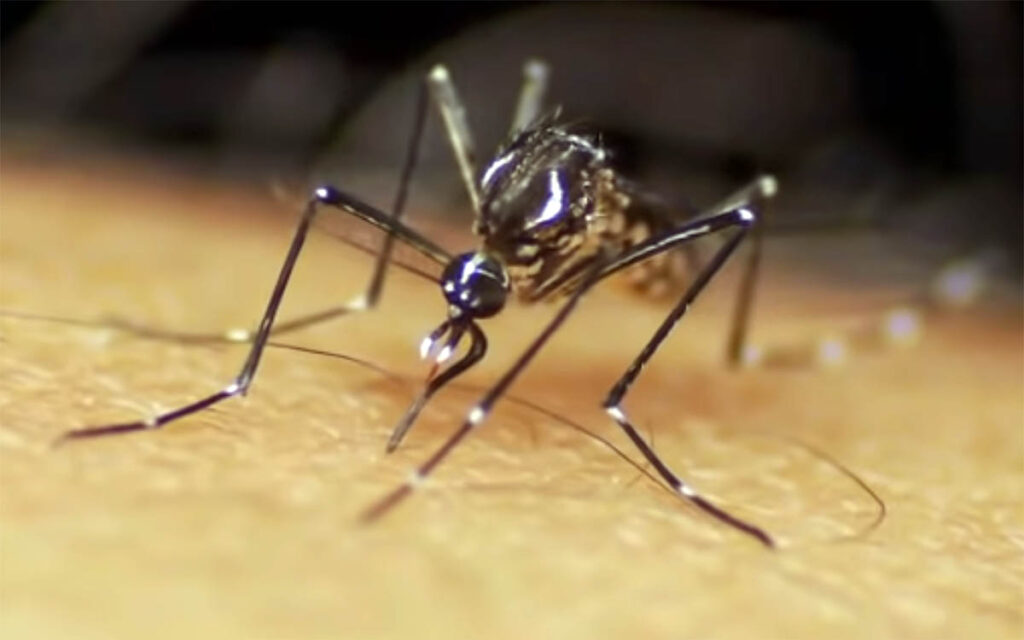
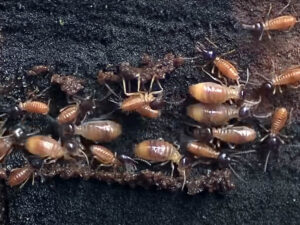
How to get rid of termites in the house, tips for their destruction
Termites are not only annoying insects, but also the most harmful in hot countries. This pest can ruin your home and furniture in no time. These insects have an insatiable appetite and eat everything in their path.
Below we will give you some tips on how to get rid of this pest in your home. Pay attention to the signs termites leave behind. If you see what looks like sand, sawdust in your home, or see small holes in the wood of your home or your furniture, you can be sure that you have termites in your home. Inspect anything made of wood in your home, picture frames, furniture, chairs, to see how extensive the damage is.
Prevent them from entering. You ask yourself how? Sealing cracks is helpful, but this method is not a guarantee against termites. To seal the cracks, you should place strips of rubber mats, seals, and baseboards.
Another measure that you can also take is to trim the bushes or plants that are near your home, keeping their branches off the ground to prevent termites from climbing up them and reaching your home.
If you have termites in your home, you need to get rid of them as soon as possible. There are very good poisons on the market for this.
Sprayers are the most effective, they reach the greatest depth and are easy to use. Apply the poison to areas with wood, such as walls, floors or furniture. There are baits with poisons. Don’t just put them on the tree, but spread them throughout the room. It’s best to be very careful with termites: spray poison in all rooms of your house, whether you have wooden objects or not.
If termites have left the house and will be destroyed by the residual effect of the poison, this is good. The good thing is that this poison will also destroy termite larvae, which are no less dangerous than their parents, or even more dangerous, since they do not leave traces.
Remember to apply a termite spray at least once a month to ensure that this pest will not cause any further damage to your home. With these simple tips, you will soon be able to get rid of these scary and harmful insects that eat everything.
But it’s better to call us with professional chemicals, a fumigator and protective suits and gas masks – we will fumigate your house against termites, cockroaches, ants, bedbugs and fleas!
If You need pest control, leave a message

Mosquitoes -Aedes aegypti
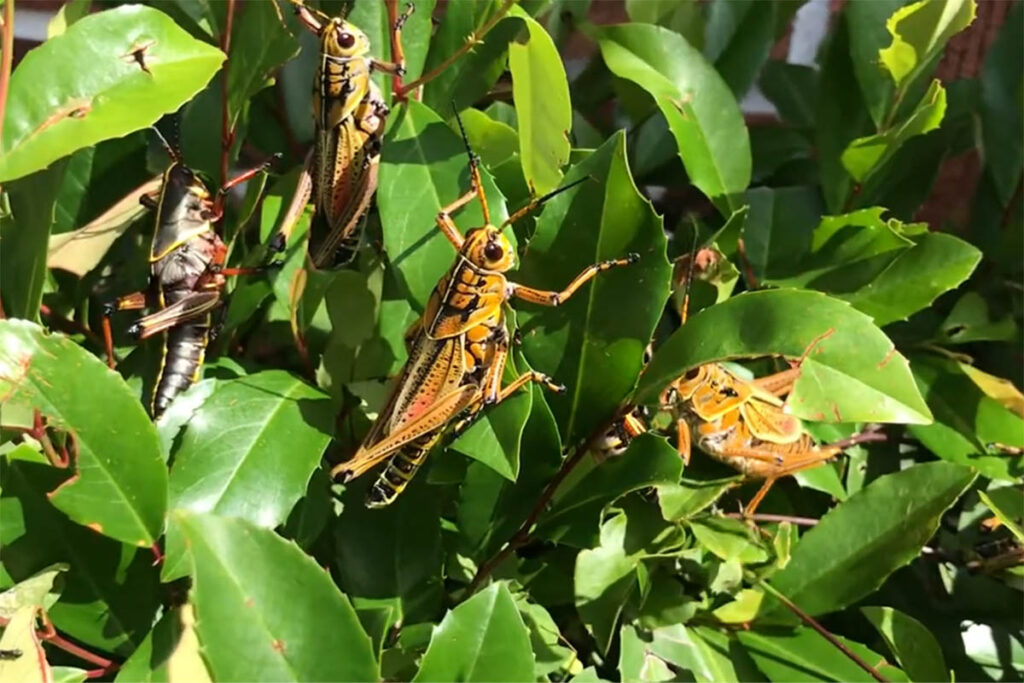
Locusts – Schistocerca cancellata
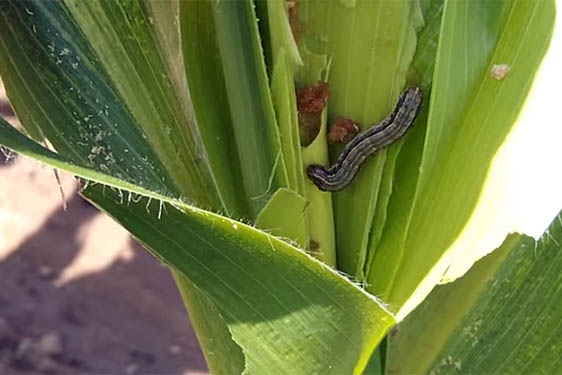
Armyworms – Spodoptera frugiperda
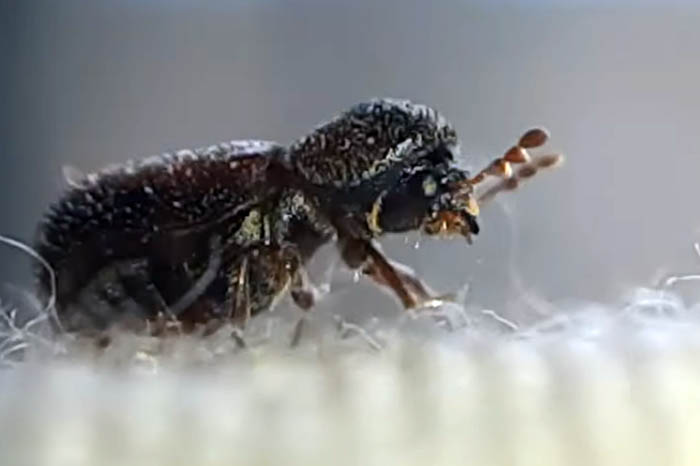
Coffee Borer beetle
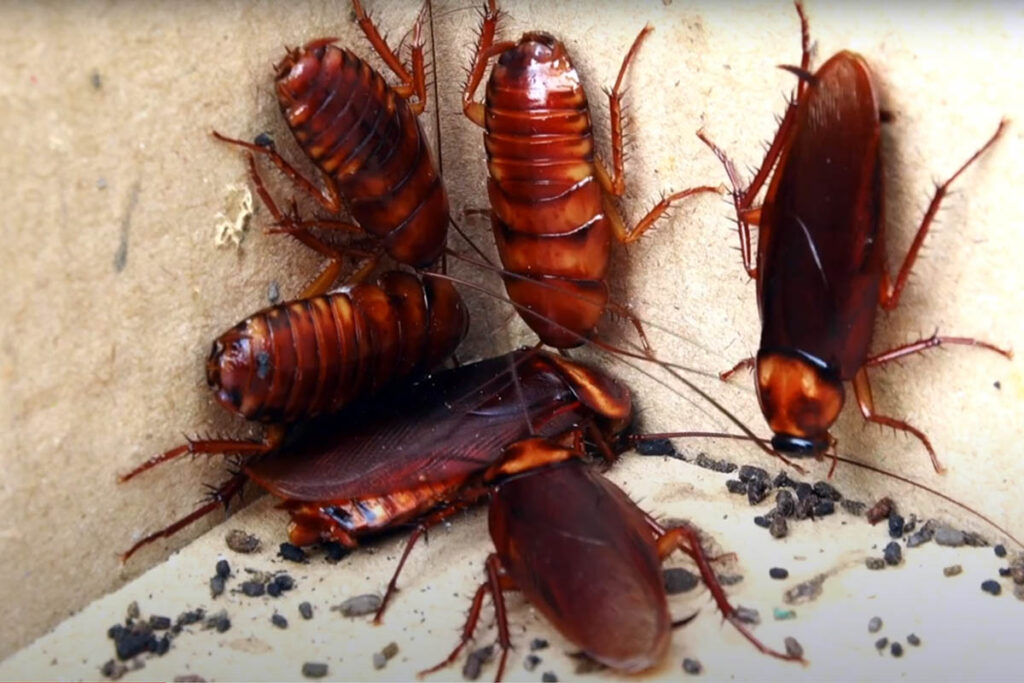
cockroach, one of the species

termites in natural environment
Central America, encompassing countries such as Paraguay and Brazil, is home to a variety of pest insects that significantly impact both households and agriculture. These pests cause substantial economic losses and pose health risks, necessitating effective control strategies. This article discusses the most damaging pests in Paraguay and Brazil, including termites, and the methods used to combat them.
Aedes aegypti is a major vector for diseases such as dengue fever, Zika virus, and chikungunya. These diseases have serious health implications for humans, leading to hospitalizations and even death. In Brazil, dengue is a significant public health issue, with thousands of cases reported annually.
Control Methods. Control strategies include insecticide spraying, eliminating standing water where mosquitoes breed, and introducing biological control agents like larvivorous fish. Public health campaigns focus on educating communities about preventive measures.
To destroy mosquitoes, electric traps with pheromones are also used – on the site and in the house
Known as the fall armyworm, this pest affects maize and other crops, causing extensive damage and significant yield losses. It is a major concern in both Paraguay and Brazil, threatening food security.
Control Methods. Farmers use chemical insecticides, biological pesticides (such as Bacillus thuringiensis), and integrated pest management (IPM) practices, which include crop rotation and planting pest-resistant crop varieties.
This beetle infests coffee plants, causing considerable economic damage to coffee producers in Brazil, one of the world’s largest coffee exporters. The beetle bores into coffee beans, leading to decreased quality and yield.
Control Methods. Effective methods include the use of biological control agents like parasitoids, applying entomopathogenic fungi, and implementing cultural practices such as timely harvesting and pruning of infested plants.
Locust swarms can devastate crops in a short period, leading to food shortages and economic hardship. These pests are particularly troublesome during periods of drought, when they breed and migrate in large numbers. Locusts have been known since biblical times – the eighth plague of Egypt.
Control Methods. Monitoring and early warning systems are crucial for managing locust outbreaks. Chemical control through the aerial spraying of insecticides and the use of biopesticides are common practices. There is also ongoing research into environmentally friendly control methods, such as pheromone traps and natural predators.
Termites are notorious for causing extensive damage to wooden structures and crops. In both households and agriculture, termites can weaken building foundations, destroy wooden furniture, and damage crops like sugarcane and maize. In Paraguay and Brazil, termite infestations lead to significant economic losses.
Control Methods. Control strategies include chemical treatments with termiticides, physical barriers during construction, and baiting systems that attract and poison termites. Regular inspections and preventive measures are essential to mitigate termite damage.
We are qualified specialists in removing cockroaches in various places: homes, kitchens, businesses and farms.
Specialists with advanced knowledge in cockroach removal with extensive experience. High-end equipment and biocidal products for the elimination and extermination of cockroaches.
Guarantee of absence of pest arthropods in the environment: insects, crustaceans, arachnids and centipedes when hiring our disinfestation service.
Flea removal. Fleas are insects approximately 2 mm long, reddish in color, with a small head, short antennae and long legs adapted for jumping.
They feed on blood, which they ingest by biting, during which they inject a protein into their saliva that acts as an anticoagulant. This protein can cause an allergic process, dermatitis, in most dogs and some cats.
In the most sensitive dogs, a dermatological disease develops with serious lesions that they themselves cause by desperately scratching. After feeding, the adult flea can lay up to 200 eggs in the places most frequented by the animal: beds, carpets, cars, cracks in the floor, etc. These eggs develop and, within a few days, larvae emerge that will continue to develop into adults that will actively search for a host to feed on. Fleas also bite humans and are dangerous, transmitting typhus and other infections.
Other insects we operate and eliminate: ants, beetles, ticks, bed bugs, moths, spiders, wasps, bees, flies, crickets, scorpions. Arthropods: spiders, solifuges, phalanxes. Mice, rats extermination.
Advantages. Chemical insecticides and termiticides are widely used due to their immediate effectiveness in reducing pest populations. They are particularly useful during severe outbreaks when rapid action is necessary.
Disadvantages. Overreliance on chemicals can lead to pest resistance, environmental pollution, and harm to non-target species, including beneficial insects and wildlife.
Advantages. Biological control involves using natural predators, parasitoids, and pathogens to manage pest populations. This method is environmentally friendly and sustainable, reducing the need for chemical insecticides.
Disadvantages. The success of biological control can be variable, depending on environmental conditions and the availability of natural enemies. It may also take longer to see results compared to chemical control.
Advantages. Practices such as crop rotation, intercropping, and proper sanitation can prevent pest infestations and reduce pest breeding sites. These methods are cost-effective and promote sustainable agriculture.
Disadvantages. Cultural practices require careful planning and consistent implementation. They may not be sufficient as a standalone solution for severe pest problems.
Advantages. IPM combines multiple control methods, including chemical, biological, and cultural practices, to manage pest populations in an environmentally and economically sustainable way. This approach minimizes the risks associated with any single control method.
Disadvantages. Implementing IPM can be complex and requires detailed knowledge of pest biology and ecology. It also involves regular monitoring and flexibility in response to changing pest dynamics.
Pest insects pose significant challenges to households and agriculture in Central America, particularly in Paraguay and Brazil. Termites, in particular, cause extensive damage to both structures and crops. Effective pest control requires a combination of methods tailored to specific pests and local conditions. While chemical insecticides and termiticides provide immediate relief, sustainable solutions lie in biological control, cultural practices, and integrated pest management. Continuous research and community engagement are essential to developing and implementing effective pest control strategies, ensuring long-term agricultural productivity and public health.
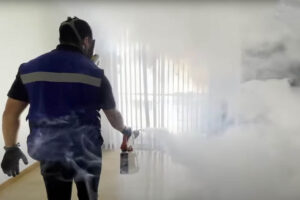
Fumigating homes and other buildings is an effective method to combat pests such as termites, ants, and cockroaches. This process involves the application of a gaseous insecticide inside a building sealed with a large canopy. The technique ensures that the insecticidal gas penetrates all areas of the structure, eliminating pests completely and efficiently.
First, the structure to be fumigated is prepared. All food, plants and animals must be removed from the area. People must also evacuate the area for safety reasons. Once the building is empty and prepared, it is completely covered with a special awning or tarp to create a sealed environment.
The insecticidal gas is then introduced into the building. This gas is highly effective in reaching all the cracks and hiding places where pests may reside. The duration of the fumigation process depends on the type of pest and the degree of infestation, but generally the gas is left to act for a period of 24 to 72 hours.
During this time, the gas is distributed evenly throughout the building, ensuring that any termites, ants or cockroaches present are eliminated. It is crucial that the canopy remains sealed throughout the process to ensure maximum effectiveness of the insecticide.
After the necessary exposure time, the building is completely ventilated to remove any residual gas. Technicians conduct tests to ensure the indoor environment is safe before allowing people to return. This ventilation procedure is vital to ensure that the space is habitable and that no traces of insecticide remain.
Fumigation not only eliminates present pests, but also provides long-lasting protection, helping to prevent future infestations. It is an effective and long-lasting solution to keep structures free of termites, ants and cockroaches. Hiring experienced fumigation professionals ensures the process is done safely and efficiently, giving homeowners and residents peace of mind.
Rats and mice are mammalian vertebrates whose body is generally covered with gray, coarse and rigid hair, a long tail, large ears and a pointed snout. They have very powerful teeth with which they can gnaw through walls, wood and even lead pipes. They are nocturnal, very prolific, reproducing between one and three times a year. It usually lives in humid places, being the species that has proliferated the most in the sewer network, an extraordinary swimmer and an acceptable climber. It is omnivorous, it can also feed on insects, their corpses or very diverse materials (paper, wood, rubber, lead, plastic), and can ingest a third of its weight every day.
They build nests in holes under the ground or inside sewers and enter houses in search of food to return to the nest to feed their young, although if they find a suitable place they make the nest inside or near the facilities built by the humans.
We carry out the extermination of rats and mice in different ways, depending on the complexity of the problem. These could be traps, sticky mouse traps, poisons in baits, the use of cats in sufficient quantities.